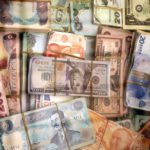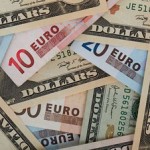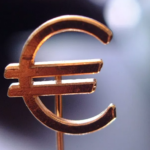Outlook for the USD index for 2016

Goldman Sachs recently released a fairly optimistic outlook for the US dollar for 2016.
The group anticipates that the dollar will be strong against both the yen and euro, while expecting US inflation to increase.
With an impending Federal Reserve rate hike looking ever more likely, this year has seen the dollar steadily climbing against essentially all of its major currency counterparts.
As reported in the Washington Post, Francesco Garzarelli who co-runs macro and market research in London, led the Goldman Sachs strategists and had this to say on the matter: “The divergence between the Fed and both the ECB and BOJ will continue to be one of the more durable themes of 2016. Currencies are particularly sensitive to this divergence pressure and, despite the strength we have seen so far, we believe the dollar has more room to appreciate versus the euro and yen.”
One of the biggest ideas from Goldman Sachs’ strategists is to invest in United States bonds that are linked to inflation. Other recommendations include buying the Russian ruble and Mexican peso, particularly against the Chilean peso and South African rand.
The US 10-year breakeven rate is a measure of the difference between yields on 10-year inflation indexed securities and nominal equivalents.
Sachs expects this rate to increase to two percentage points, stating that “[this trade] represents an opportunity to take the other side of too-pessimistic expectations” for price movement [excerpt Washington Post].
Last week the breakeven rate hit 1.59% after reaching its lowest point since September 2009.
Looking back to last year we can see that Goldman Sachs strategists advised adopting a strategy based around interest rate options, seeking best profits if the 10-year Treasury yield sat between 3% and 3.5% by the end of June 2015.
This was also based on the yield not falling below 2.24%, and it ended up trading between 1.65% and 2.5% for the period, making the strategy less than effective.
Among its other top trades from the previous year was the selling of the Swiss franc against the Swedish krona; however, this was dropped in mid-January after the Swiss central bank suddenly removed its currency cap and the franc soared even higher than could have been anticipated.
Goldman Sachs also expected the euro to fall to $1.15, recommending that its clients use an options-based strategy to squeeze the most profit out of the movement.
In fact, the euro fell far lower than the Sachs trade, plummeting all the way to $1.0458 in March, a bottom that had not been reached for 12 years.
Find more: Contributing Authors





























